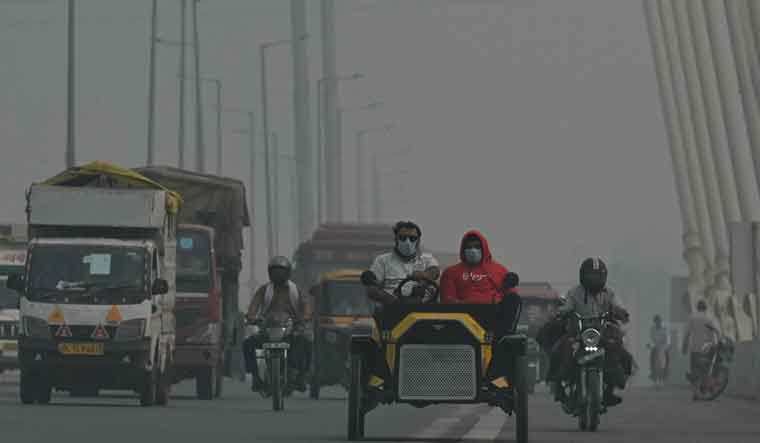
Sanjeev Sanyal and Aakanksha Arora, who are members and joint directors of the Prime Minister’s Economic Advisory Council, respectively, have refuted this assertion. The researchers found that the proportion of “zero-food” children in India is similar to that of similar children in West African nations like Guinea, Beni, Liberia, and Mali.
According to a recent survey, 6.7 million youngsters go without meals every day, which is shocking. “Zero-food” children are malnourished infants between the ages of 6 and 23 months who have not eaten anything in a day.
Sanjeev Sanyal, a member of the Economic Advisory Council to the Prime Minister, and Aakanksha Arora, a joint director, have refuted the researchers’ assertion.
The report claims that undernutrient deficiencies and undernutrition are still a concern worldwide since many children in low- and middle-income nations struggle to get the nutrients they need because of a variety of socioeconomic and environmental variables.
Also read: India’s GDP rate jumps to 8.4% from a projected minimum of 8%.


According to a Harvard study that was just published last month in the peer-reviewed journal JAMA Network Open, the frequency of “zero-food children” is as high as 21% in some nations. With 6.7 million children, India had the highest percentage of zero-food children among the 92 countries in this study—nearly half. With 962,000 children living in hunger, Nigeria ranked second only to Ethiopia (772,000), Pakistan (849,000), and the Democratic Republic of the Congo (362,000).
S.V. Subramanian, a professor of population health and geography, and Rockli Kim, a visiting scientist at the Harvard Center for Population and Development Studies, conducted the study. They examined 276,379 infants, ages 6 to 23 months, from 92 low- and middle-income nations.
The researchers analyzed nationally representative data gathered between 2010 and 2022 across 92 low- and middle-income countries to determine the total number of children living in food insecurity worldwide. 10.4% of the research group were children who did not eat any food, according to the findings.
The percentage of youngsters who do not eat any food varied greatly between nations; for instance, the percentage was 0.1% in Costa Rica and 21.8% in Guinea. The frequency of zero-food children in India was determined to be 19.3% in this study.

































































































































































































































































































































































































































































































































































































































































































































































































